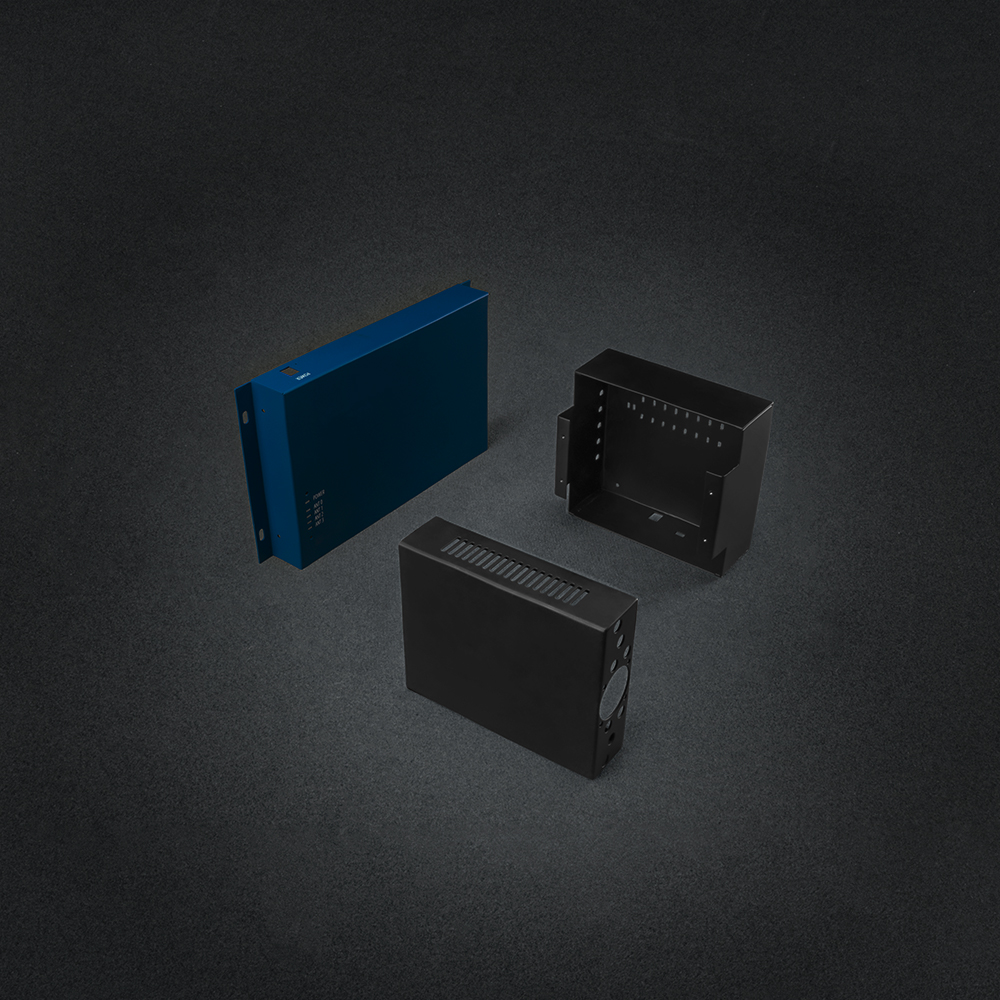Revolutionizing Sheet Metal Fabrication: How 3D Printing is Transforming Cost-efficiency and Lean Practices+ View more
Revolutionizing Sheet Metal Fabrication: How 3D Printing is Transforming Cost-efficiency and Lean Practices
+ View more
Date:2023-11-29 11:19
Introduction:
Sheet metal fabrication has long been a cornerstone of manufacturing, but the advent of 3D printing technology is revolutionizing this industry. This article explores how 3D printing is transforming sheet metal fabrication, specifically focusing on its impact on cost-efficiency and the application of lean practices. By leveraging the unique capabilities of 3D printing, manufacturers can streamline processes, reduce waste, and enhance overall efficiency, ultimately leading to improved profitability.

- Design Optimization and Complexity Reduction: One of the key advantages of 3D printing in sheet metal fabrication is the ability to optimize designs and reduce complexity. Traditional methods often involve complex tooling and multiple assembly steps, leading to increased costs and longer production times. With 3D printing, intricate designs can be directly translated into physical objects without the need for tooling, simplifying the fabrication process and minimizing material waste. This design freedom and simplicity contribute to cost reduction and improved efficiency.
- Consolidation of Parts and Simplified Assembly: 3D printing enables the consolidation of multiple individual parts into a single component, eliminating the need for assembly and reducing labor costs. By integrating features that would typically require separate components, manufacturers can streamline production, minimize the risk of errors, and lower inventory requirements. Additionally, the simplified assembly process reduces the time and resources required, resulting in significant cost savings.
- On-Demand Manufacturing and Inventory Reduction: With traditional sheet metal fabrication, maintaining a large inventory is often necessary to meet customer demands promptly. This inventory carries costs associated with storage, obsolescence, and capital tie-up. However, 3D printing allows for on-demand manufacturing, enabling manufacturers to produce parts as needed. By reducing inventory levels and implementing a just-in-time approach, manufacturers can significantly cut costs associated with excess inventory, while responding quickly to changing market demands.
- Reduced Material Waste and Resource Efficiency: Traditional sheet metal fabrication often results in substantial material waste due to the cutting and shaping processes. In contrast, 3D printing technologies, such as selective laser melting or binder jetting, add materials layer by layer, reducing waste significantly. This improved material utilization not only reduces costs but also aligns with sustainable manufacturing practices. Additionally, 3D printing allows for the use of lightweight structures and optimized geometries that further enhance resource efficiency.
- Rapid Prototyping and Iterative Design: The ability to rapidly prototype and iterate designs is a valuable aspect of 3D printing in sheet metal fabrication. With traditional methods, iterating designs can be time-consuming and costly. However, 3D printing facilitates quick and cost-effective prototyping, allowing manufacturers to test and refine designs before committing to full-scale production. This iterative design process minimizes the risk of costly errors, reduces lead times, and enhances overall product quality.
- Enhanced Flexibility and Customization: 3D printing offers unparalleled flexibility and customization opportunities in sheet metal fabrication. Manufacturers can easily modify designs, tailor products to specific customer requirements, and produce small batch sizes economically. This versatility enables companies to explore niche markets, respond to individual customer needs, and achieve a competitive advantage through personalized solutions. The ability to offer customized products at a lower cost drives customer satisfaction and loyalty.
- Integration of Digital Technologies and Automation: The integration of 3D printing with digital technologies such as computer-aided design (CAD) software and simulation tools further enhances cost-efficiency and lean practices in sheet metal fabrication. CAD software facilitates design optimization, virtual prototyping, and seamless integration with 3D printing processes. Simulation tools allow for performance analysis and validation, reducing the need for physical testing and minimizing costs. The combination of these digital technologies and automation streamlines workflows improves accuracy, and reduces manual labor requirements.
Conclusion:
The integration of 3D printing technology into sheet metal fabrication is revolutionizing the industry, transforming cost-efficiency and enabling the application of lean practices. From design optimization and complexity reduction to on-demand manufacturing, reduced waste, rapid prototyping, customization, and the integration of digital technologies, 3D printing offers unprecedented advantages for manufacturers seeking to enhance efficiency and profitability. Embracing these transformative capabilities not only drives cost savings but also fosters innovation and positions companies at the forefront of the evolving manufacturing landscape. The revolution in sheet metal fabrication brought about by 3D printing is redefining industry standards and propelling manufacturers into a new era of cost-efficient, lean, and sustainable practices.
Share to:
Recommend wonderful blog posts

